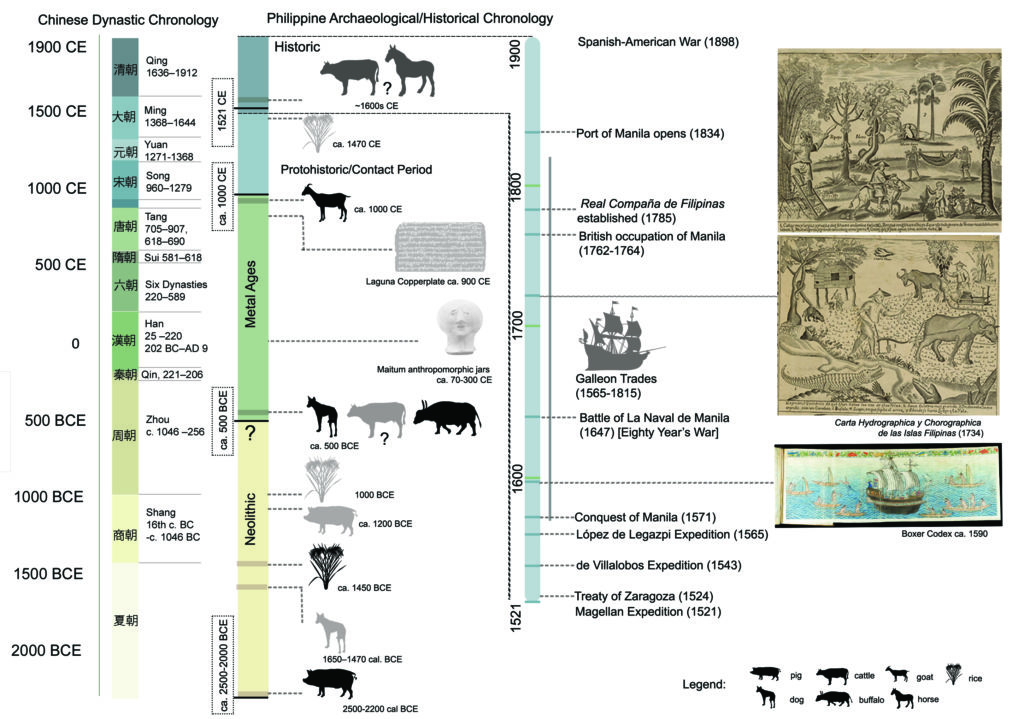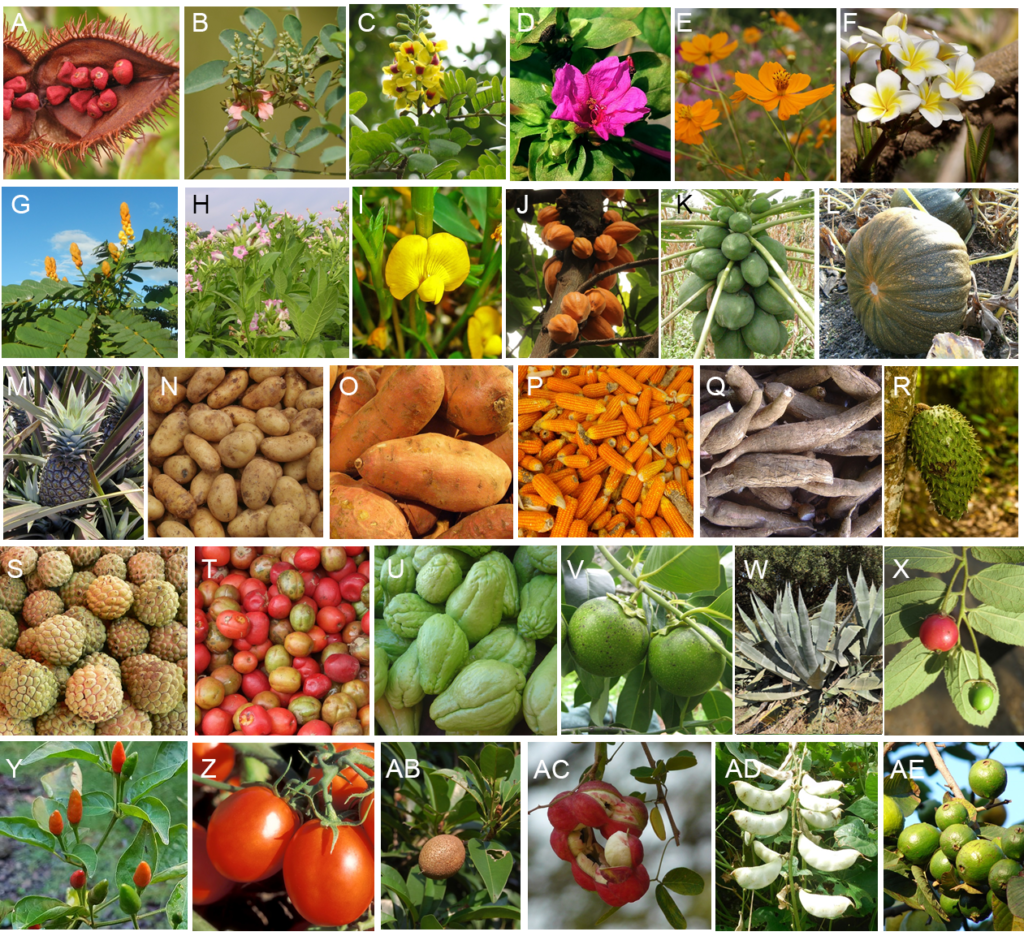The Philippine Archipelago is home to some of the world’s richest biodiversity, including some 20,000 plant and animal species found nowhere else in the world. Unfortunately, these species and their habitats are also some of the most threatened. Among the most prominent pressures are the introduction of new plant and animal species and land management practices that accompany industrial expansion, such as the conversion of forestlands to agricultural fields and residential areas. Elsewhere in the tropics, long-term studies of the evolution of such threats has been shown to contribute to conservation and policy efforts and inform future predictions of landscape evolution. However, a review of the time-depth of species introductions and major landscape changes has been lacking in the Philippine Archipelago.
A new open access review paper published in The Holocene critically evaluates available archaeological, historical, and palaeoecological evidence for the economic, social, and ecological impacts of the arrival of novel domesticated and commensal animals, plant crops, and new ways of perceiving and managing land in the Philippine Archipelago over the last 6,000 years. The paper, part of the ERC ‘PANTROPOCENE’ Starter Grant based at the Max Planck Institute for the Science of Human History, adds to the growing literature that aims to determine the legacies left by prehistoric and historic societies on tropical environments. It also emphasizes the importance of the Philippines and Pacific connections, rather than purely Atlantic spheres, in discussions of the effects of the introduction of New World plants and animals via the “Colombian Exchange” on tropical landscapes.

General timeline of Philippine prehistory/history, from ca. 2000 BCE to the 18th century CE.
Beginning in the so-called ‘Neolithic’ and ‘Metal’ periods, the authors explore the potential impacts of rice, pigs, and water buffaloes on tropical Philippine habitats. They argue that many of these new arrivals were, in fact, adapted into existing indigenous cultivation practices focused on root crops such as yams. The rise of chiefdoms during the Protohistoric period (10th century AD) saw an expansion and intensification of permanent rice agriculture and the keeping of domesticated animals, with possible impacts on forest extent in valleys and on hillsides, though palaeoecological evidence for major changes currently remains scant. Finally, the establishment of Spanish administration in the 16th century AD brought New World crops and the gradual expansion of ranching and plantation agriculture. This began a process of land change that has continued up to the present day in different forms.
In summarizing this evidence, the authors argue that the Philippine Archipelago is crucial for informing ideas of the sweeping effects of the ‘Neolithic,’ the rise of chiefdoms, and European contact. Moreover, the region provides potentially significant comparisons for pre- and post-colonial trajectories in the Caribbean, Central America and the Amazon Basin. Calling for an expansion of multidisciplinary palaeoecological, subsistence, archaeological, and historical research, the authors conclude that the Philippines is a critical area for developing ‘pan-tropical’ approaches to major prehistoric and historic changes in human interactions with tropical forests, and the potential regional and global impacts this might have had on climates, soils and the atmosphere.

New World plants in the Philippines ca. 16th–18th century introduced through the Galleon Trade.
The open access paper is available at: bit.ly/3jgycFE
Amano, N., Bankoff, G., Findley, D.M., Baretto-Tesoro, G. and Roberts, P. 2020. Archaeological and historical insights into the ecological impacts of pre-colonial and colonial introductions into the Philippine Archipelago. The Holocene. DOI: 10.1177/0959683620941152
